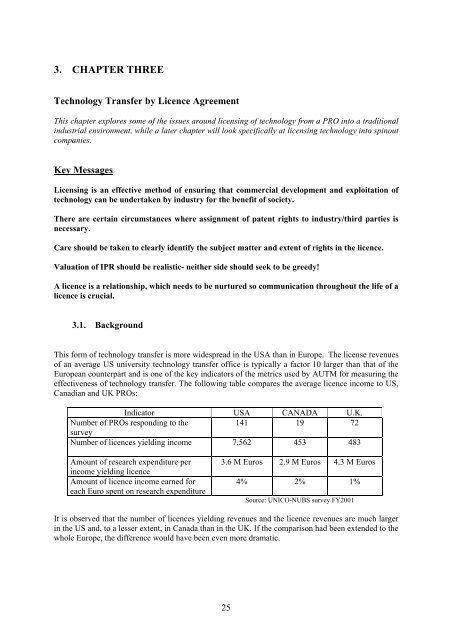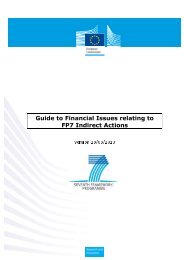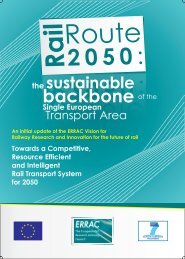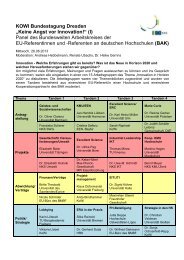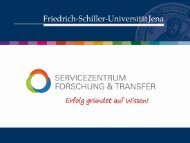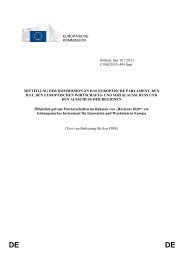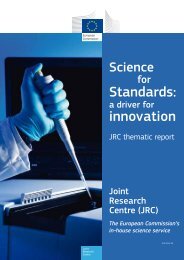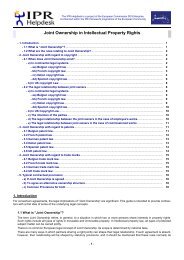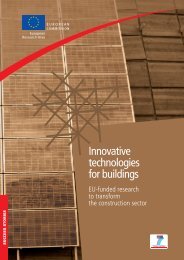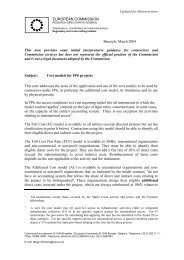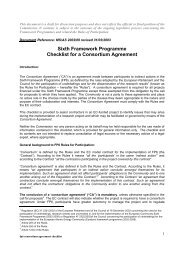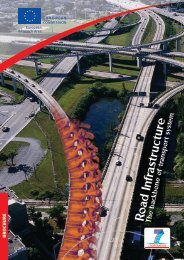Expert Group Report Management of Intellectual Property in ... - KoWi
Expert Group Report Management of Intellectual Property in ... - KoWi
Expert Group Report Management of Intellectual Property in ... - KoWi
Create successful ePaper yourself
Turn your PDF publications into a flip-book with our unique Google optimized e-Paper software.
3. CHAPTER THREE<br />
Technology Transfer by Licence Agreement<br />
This chapter explores some <strong>of</strong> the issues around licens<strong>in</strong>g <strong>of</strong> technology from a PRO <strong>in</strong>to a traditional<br />
<strong>in</strong>dustrial environment, while a later chapter will look specifically at licens<strong>in</strong>g technology <strong>in</strong>to sp<strong>in</strong>out<br />
companies.<br />
Key Messages<br />
Licens<strong>in</strong>g is an effective method <strong>of</strong> ensur<strong>in</strong>g that commercial development and exploitation <strong>of</strong><br />
technology can be undertaken by <strong>in</strong>dustry for the benefit <strong>of</strong> society.<br />
There are certa<strong>in</strong> circumstances where assignment <strong>of</strong> patent rights to <strong>in</strong>dustry/third parties is<br />
necessary.<br />
Care should be taken to clearly identify the subject matter and extent <strong>of</strong> rights <strong>in</strong> the licence.<br />
Valuation <strong>of</strong> IPR should be realistic- neither side should seek to be greedy!<br />
A licence is a relationship, which needs to be nurtured so communication throughout the life <strong>of</strong> a<br />
licence is crucial.<br />
3.1. Background<br />
This form <strong>of</strong> technology transfer is more widespread <strong>in</strong> the USA than <strong>in</strong> Europe. The license revenues<br />
<strong>of</strong> an average US university technology transfer <strong>of</strong>fice is typically a factor 10 larger than that <strong>of</strong> the<br />
European counterpart and is one <strong>of</strong> the key <strong>in</strong>dicators <strong>of</strong> the metrics used by AUTM for measur<strong>in</strong>g the<br />
effectiveness <strong>of</strong> technology transfer. The follow<strong>in</strong>g table compares the average licence <strong>in</strong>come to US,<br />
Canadian and UK PROs:<br />
Indicator USA CANADA U.K.<br />
Number <strong>of</strong> PROs respond<strong>in</strong>g to the<br />
141 19 72<br />
survey<br />
Number <strong>of</strong> licences yield<strong>in</strong>g <strong>in</strong>come 7,562 453 483<br />
Amount <strong>of</strong> research expenditure per<br />
<strong>in</strong>come yield<strong>in</strong>g licence<br />
Amount <strong>of</strong> licence <strong>in</strong>come earned for<br />
each Euro spent on research expenditure<br />
3.6 M Euros 2.9 M Euros 4.3 M Euros<br />
4% 2% 1%<br />
Source: UNICO-NUBS survey FY2001<br />
It is observed that the number <strong>of</strong> licences yield<strong>in</strong>g revenues and the licence revenues are much larger<br />
<strong>in</strong> the US and, to a lesser extent, <strong>in</strong> Canada than <strong>in</strong> the UK. If the comparison had been extended to the<br />
whole Europe, the difference would have been even more dramatic.<br />
25


